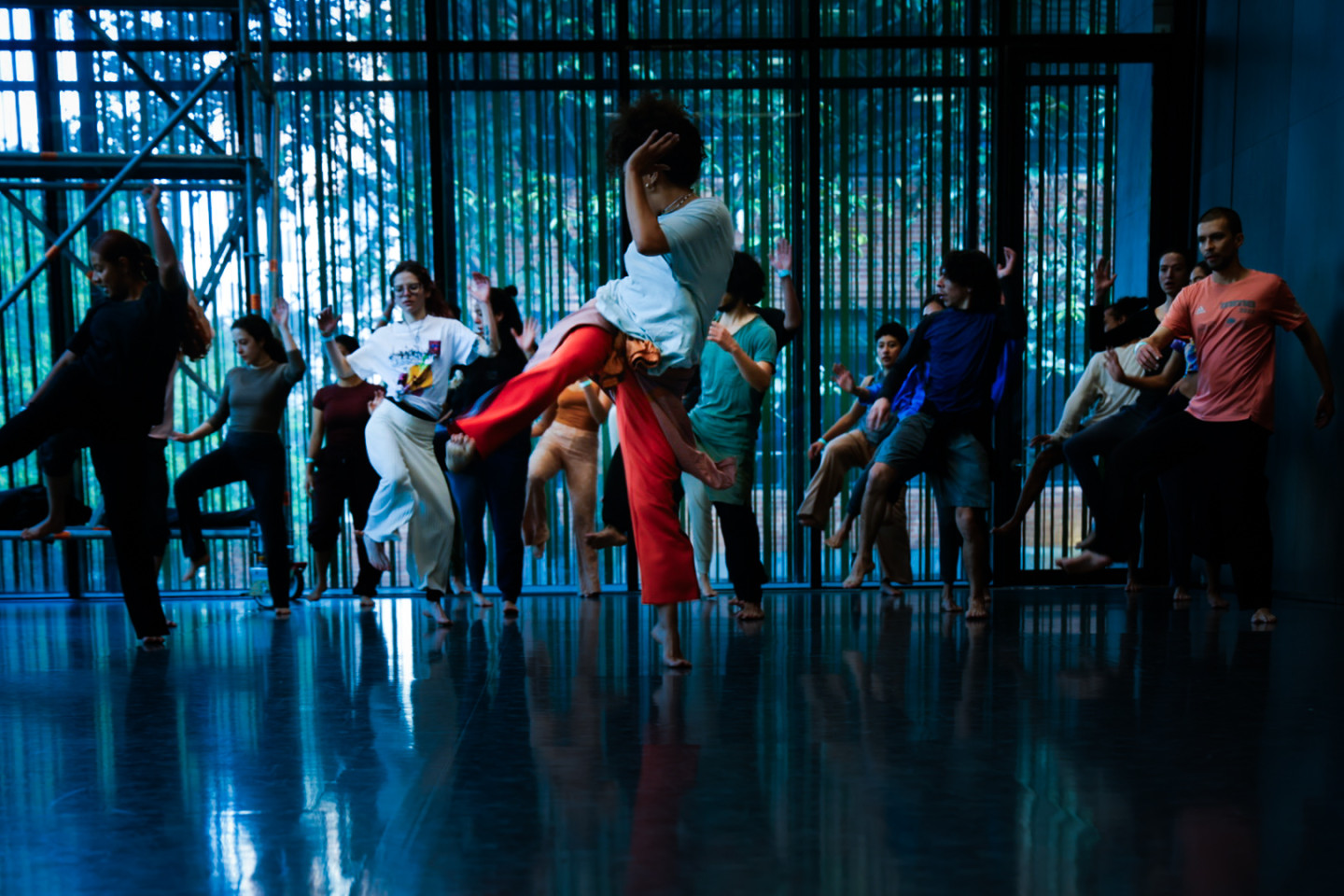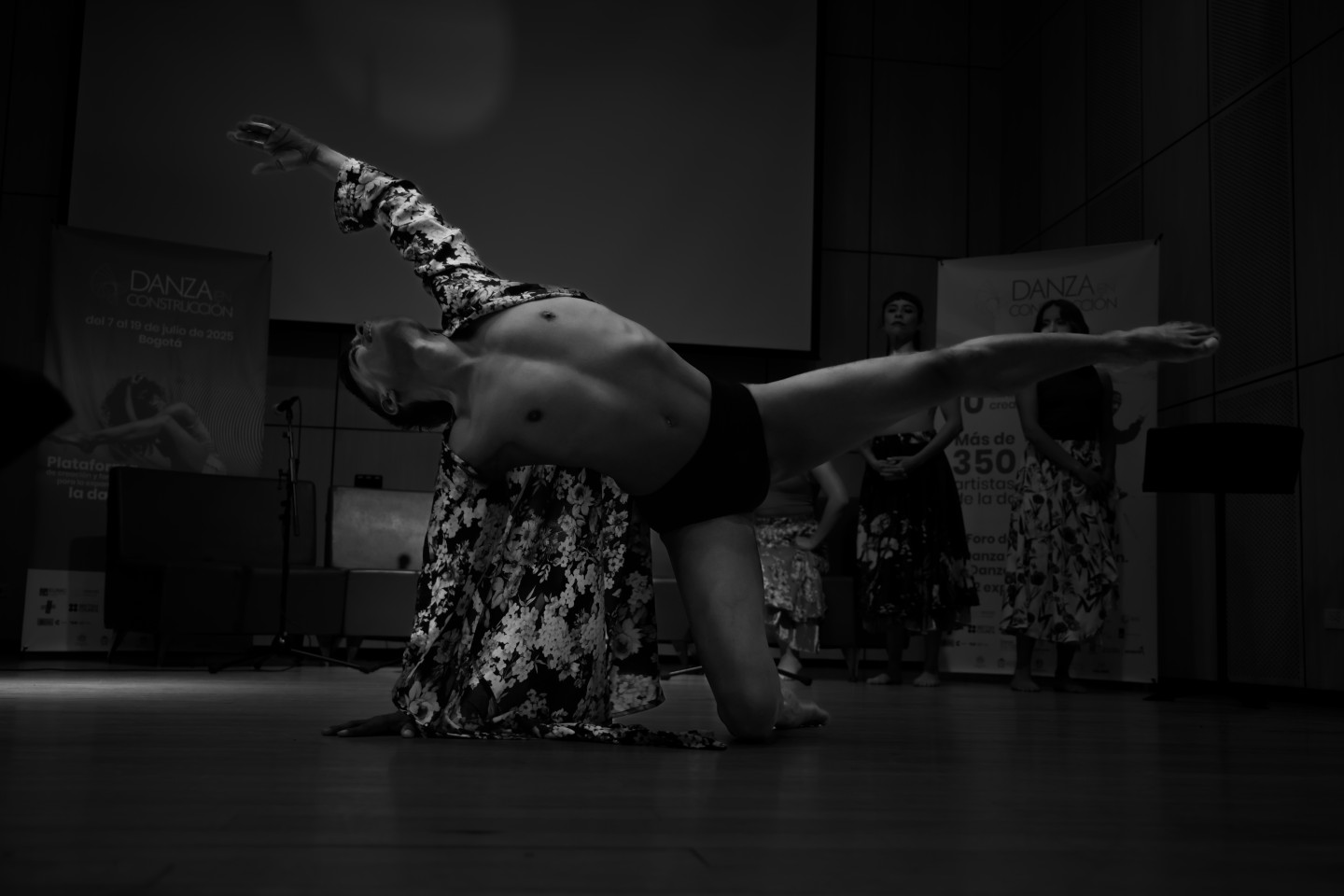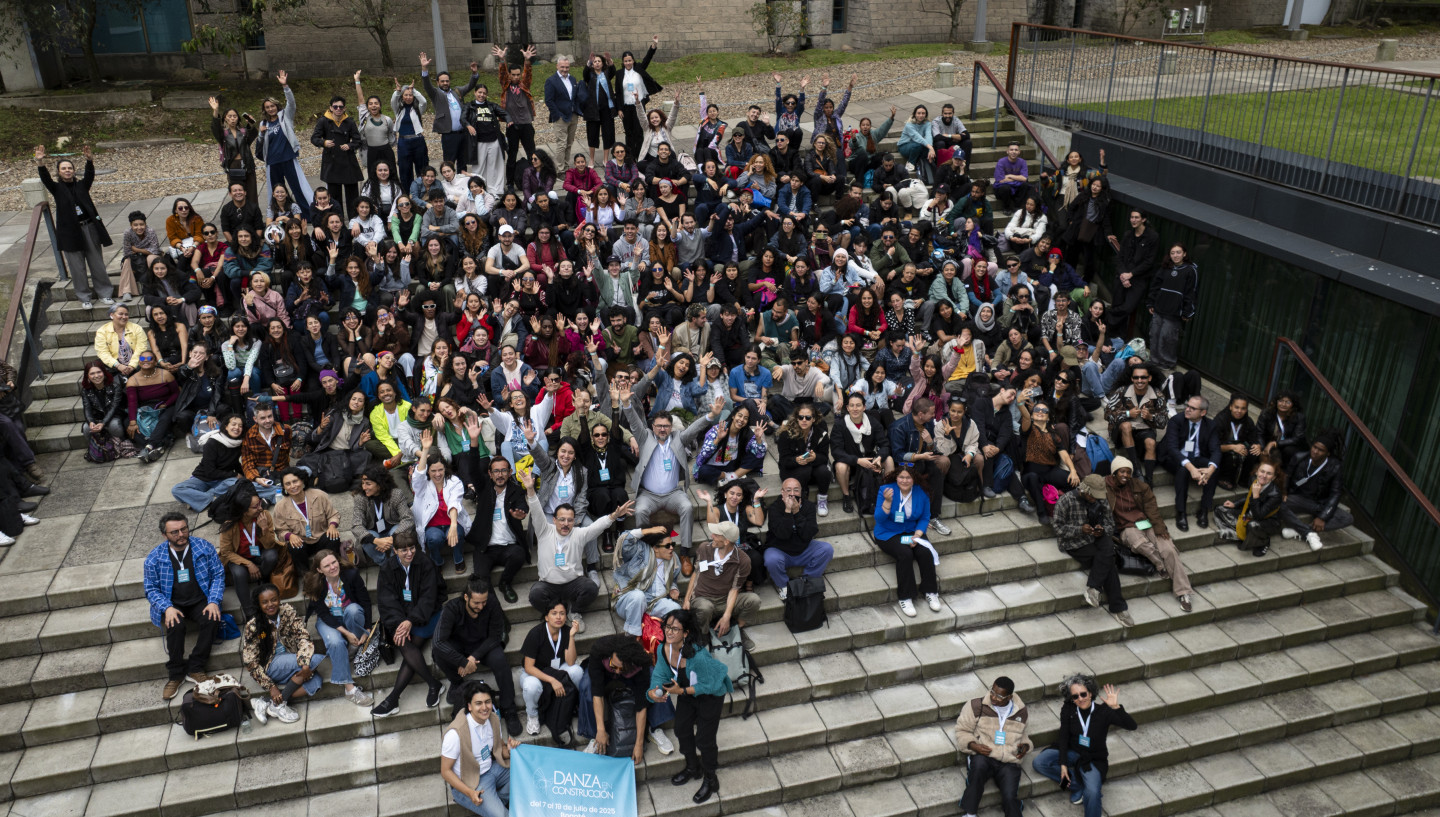In a society historically hit by violence, conflict and factors of inequality, dance is a resource for the reconstitution of social fabric, the preservation of its memory, the interrelation of its languages, its pluralities. Dance in Colombia is vital, current and rich in presence and divergences of meaning.
Dance in Colombia bears witness to a wealth of cultural practices, both historically and geographically, from Spanish-European, Afro-Colombian, Amerindian, and Caribbean heritage. Dance also contributes to the construction of memory, reconciliation and symbolic reparation. While local institutions are currently showing renewed interest in promoting this intrinsic diversity and the role of dance in the lasting peace, they are stumbling over the need to provide better support for tomorrow's talent and to find new organisation models as response to a precarious context (few operators, low levels of funding, recognition and international connections).
Since the new government came out of the June 2022 elections, the new Ministry of Culture - recently renamed the Ministry of Cultures, Arts and Knowledge - understands the dynamics of a multicultural, multiethnic and multilingual nation, which is in constant change due to minority subcultures and current migratory movements. In this context, the project will be implemented in line with the new National Dance Plan of the Colombian Ministry of Cultures, Arts and Knowledge and is consistent with the policy of support for dance promoted by IDARTES (the Arts Council of Bogotá).
Strengthening the upcoming generation of Colombian dance artists through a Colombian-European dialogue
Danza en Construcción seeks ways to strengthen the abilities of the upcoming generation of Colombian dance artists to create new narratives and seize development opportunities in the field of contemporary creation, based on a rich and diverse heritage. This project is a contribution to the emergence of Colombian creators of the contemporary dance sector by promoting diasporic and inclusive exchange with Europe.
Danza en Construcción has brought together more than 200 artists from Colombia and Europe for a unique experience of training, creation and reflection: 15 workshops took place, alongside creation clinics and co-creation spaces. Led by both national and international choreographers, these activities encouraged meaningful and diverse artistic exchanges. Together, the choreographers will explore different creative methodologies and techniques for contemporary dance pieces that reflect the transformation of national visions into performances.
The project enables a vital and necessary strengthening of the national creative fabric: the act of encounter and the exchange of experiences, questions, and human knowledge.
Patrick Stenberg, Centro Nacional de las Artes
The workshops are followed by the Sustainability Forum “Dance under Construction. Dance in Expansion”, providing a space to collectively imagine the possible future of dance from the perspectives of cultural policy, circulation, sustainability, environmental care, collaboration and new narratives of contemporary dance at Colombian and international level.
Main aims of the project are to strengthen the creative capacities of emerging choreographic talents, inspire intercontinental dialogue, promoting and strengthening innovative and sustainable structuring models and collaborations and provide opportunities and perspective for young talent.
Alignment with the UN Sustainable Development Goals
Danza en Construcción aims to contribute to an open and pro-active participation:
- SDG 1: opportunities for participants from vulnerable communities.
- SDG 4: students as representatives of future generations in promoting a culture of diversity, peace and non-violence.
- SDG 5: Gender equity will strengthen women's equal participation and LGBTQI community inclusion.
Through artistic residencies, it is a contribution to:
- SDG 9: Technical, artistic and empowerment skills of local dance groups will be strengthened to foster iInnovation through combination with other artistic disciplines and experimentation (Laboratory).
- SDG 11: Use and development of the city's various cultural spaces for artistic activities and encourage citizen participation in inclusive cultural spaces.
As a cooperation project that is a contribution to SDG17 intercultural dialogue between local and European choreographers will be encouraged, specifically:
- SDG 13 and SDG 15: promote the ability of dance to produce works that address the contemporary issue of climate change and biodiversity.
- SDG 16: Through the Forum with local and European professionals of the sector, encouraging a broader debate on controversial issues and seeking alternative solutions to the problems of the dance sector.



